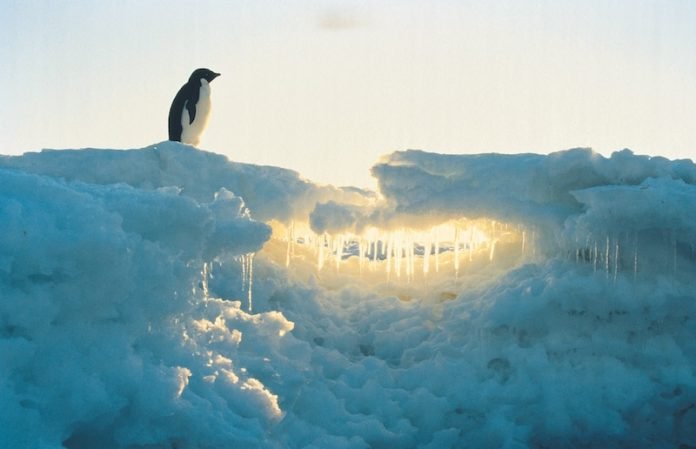
Antarctica, a colossal landmass blanketed in ice, faces a melting crisis that could reshape the world’s coastlines.
The continent, nearly twice the size of Australia, is losing ice at an alarming rate, particularly from its floating ice shelves, contributing to rising sea levels.
A significant part of this ice loss is happening in West Antarctica, and scientists are eager to understand the causes behind this trend.
Recent research points to a familiar climate phenomenon with a global reach: the El Niño-Southern Oscillation (ENSO).
ENSO, known for alternating warm (El Niño) and cool (La Niña) periods, affects weather patterns worldwide. In Australia, for example, El Niño typically brings hotter, drier conditions, while La Niña is associated with cooler, wetter weather.
But the impact of ENSO extends far beyond Australia, reaching even the remote and cold shores of Antarctica.
During El Niño events, thunderstorms in the Pacific Ocean shift, creating atmospheric waves that travel vast distances and eventually reach Antarctica. This process weakens the easterly winds along the West Antarctic coast.
The recent study, using satellite data, observed an intriguing pattern: during El Niño, West Antarctic ice shelves gain snow on top (due to increased snowfall) but lose ice from below (as warmer ocean water melts the ice).
This dual effect of gaining height but losing mass underscores the complex nature of ice shelf dynamics.
The central question of how warmer ocean waters reach the ice shelves from below during these events is still a matter of investigation. Nonetheless, researchers have made headway by using high-resolution global ocean circulation models.
These models show that El Niño’s atmospheric disturbances allow warmer Circumpolar Deep Water to flow onto the continental shelf, where it then undermines the ice shelves by melting them from below.
This phenomenon doesn’t occur in isolation. Other factors, such as storms, tides, and the Southern Annular Mode, also influence the temperature of water under the ice shelves. However, the ENSO cycles stand out for their significant impact.
What does the future hold? If El Niño events become more frequent and intense—a trend suggested by climate projections—the melting around West Antarctica could accelerate, leading to faster sea-level rise.
This scenario brings us closer to a tipping point where the ice sheet’s melting becomes a self-perpetuating cycle, with dire implications for global sea levels.
The urgency to address this melting crisis cannot be overstated. Achieving net-zero carbon emissions as quickly as possible is the most effective strategy to mitigate the worst outcomes of climate change, including the accelerated melting of Antarctica’s ice.
This research not only adds to our understanding of how global climate phenomena like ENSO can have localized impacts in remote regions but also highlights the interconnectedness of Earth’s climate systems and the pressing need for global action against climate change.
The research findings can be found in Geophysical Research Letters.
Copyright © 2024 Knowridge Science Report. All rights reserved.



